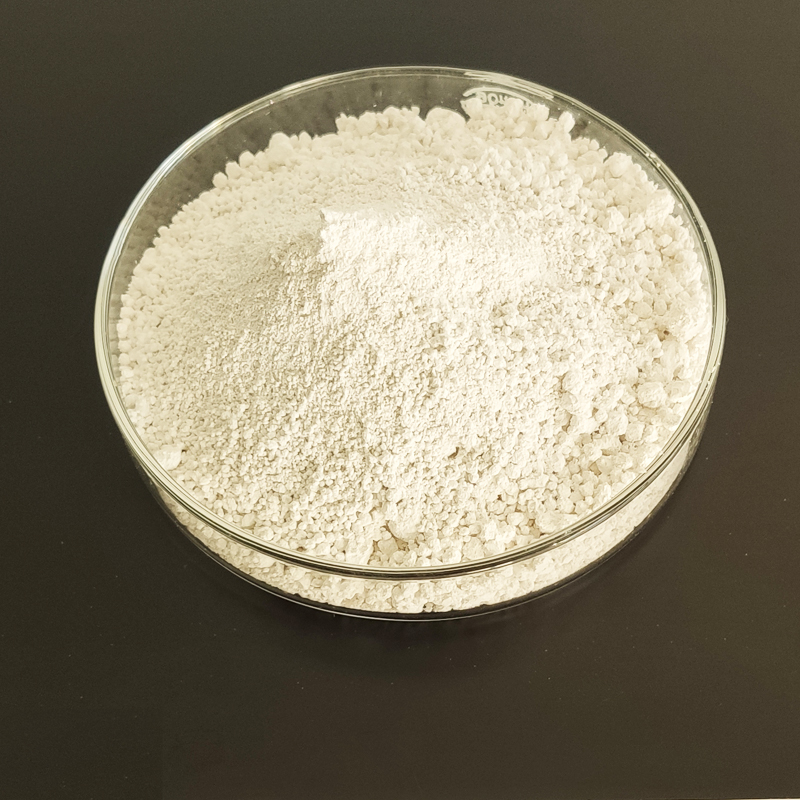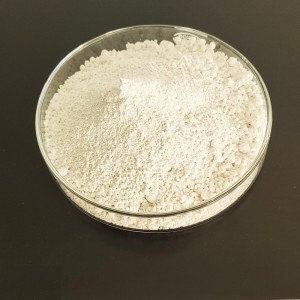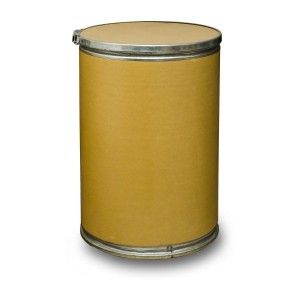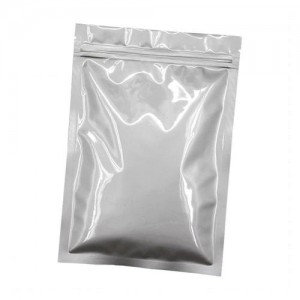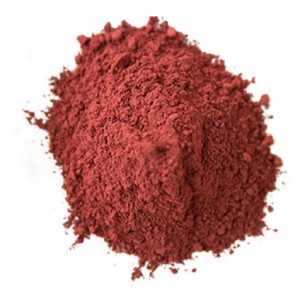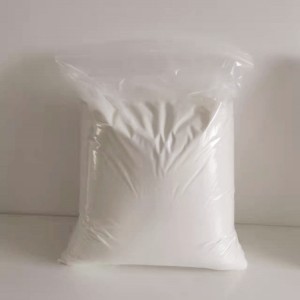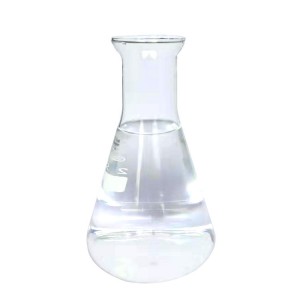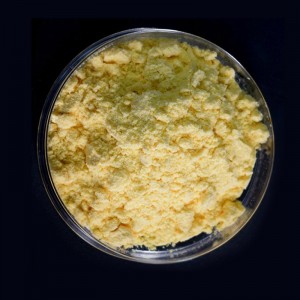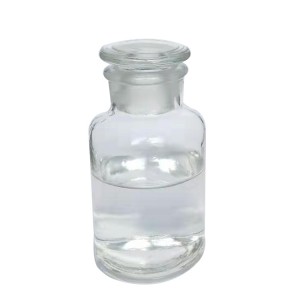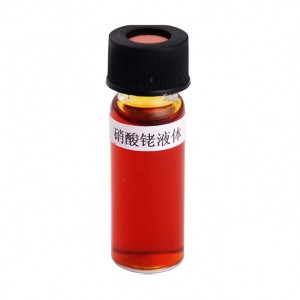Cerium dioxide Used in Ceramic Glaze and Glass
Product Detail
| Name | Cerium dioxide |
| CAS number | 1306-38-3 |
| Molecular formula | CeO2 |
| Molecular weight | 172.1148 |
| EINECS Number | 215-150-4 |
| Melting point | 2600°C |
| Density | 7.13 g/mL at 25 °C(lit.) |
| Storage conditions | Storage temperature:no restrictions. |
| Form | powder |
| Color | Yellow |
| Specific gravity | 7.132 |
| Scent | (Odor)Odorless |
| Water solubility | insoluble |
| Stability | Stable, but absorbs carbon dioxide from the air. |
Synonyms
Nidoral;opaline;Cerium(IV) oxide, dispersion;CERIUM (IV) OXIDE HYDRATED;CERIUM (IV) HYDROXIDE;CERIUM (III) HYDROXIDE;CERIUM HYDROXIDE;Cerium(IV) oxide, 99.5% (REO)
Chemical Properties
Pale yellowish white cubic powder. Relative density 7.132. Melting point 2600 ℃. Insoluble in water, not easily soluble in inorganic acid. Need to add reducing agent to help dissolve (such as hydroxylamine reducing agent).
Application
-Used as an additive in the glass industry, as a grinding material for plate glass, and has been expanded to the grinding of glasses glass, optical lenses, and picture tubes, and plays the role of decolorization, clarification, and absorption of ultraviolet rays and electron rays of glass. It is also used as an anti-reflection agent for spectacle lenses, and is made into cerium-titanium yellow with cerium to make the glass light yellow.
-Used in ceramic glaze and electronic industry, as piezoelectric ceramic infiltration agent;
-For the manufacture of highly active catalysts, incandescent covers for gas lamps, fluorescent screens for x-rays;
-Used as analytical reagents, oxidants and catalysts;
-Used for the preparation of polishing powder and automobile exhaust catalyst. It is used as a high-efficiency catalyst for industrial applications such as glass, atomic energy, and electronic tubes, precision polishing, chemical additives, electronic ceramics, structural ceramics, UV collectors, battery materials, etc.
Purified Water
Purified water is used in production and equipment cleaning for API. Purified water is generated by city water, processed through pre-treatment (multi-media filter, softener, activated carbon filter, etc.) and reverse osmosis (RO), and then the purified water is stored in the tank. The water is constantly circulating at 25±2℃ with flow rate of 1.2m/s.


